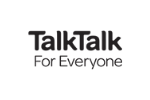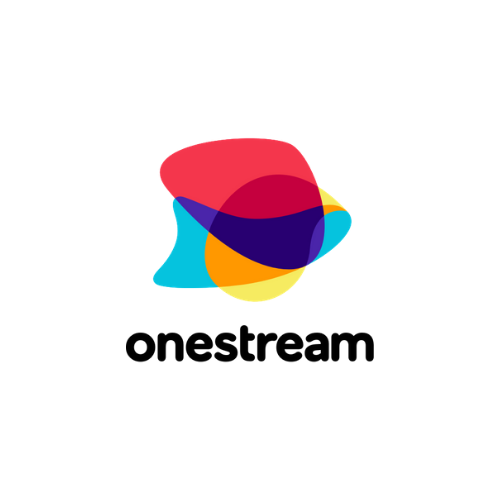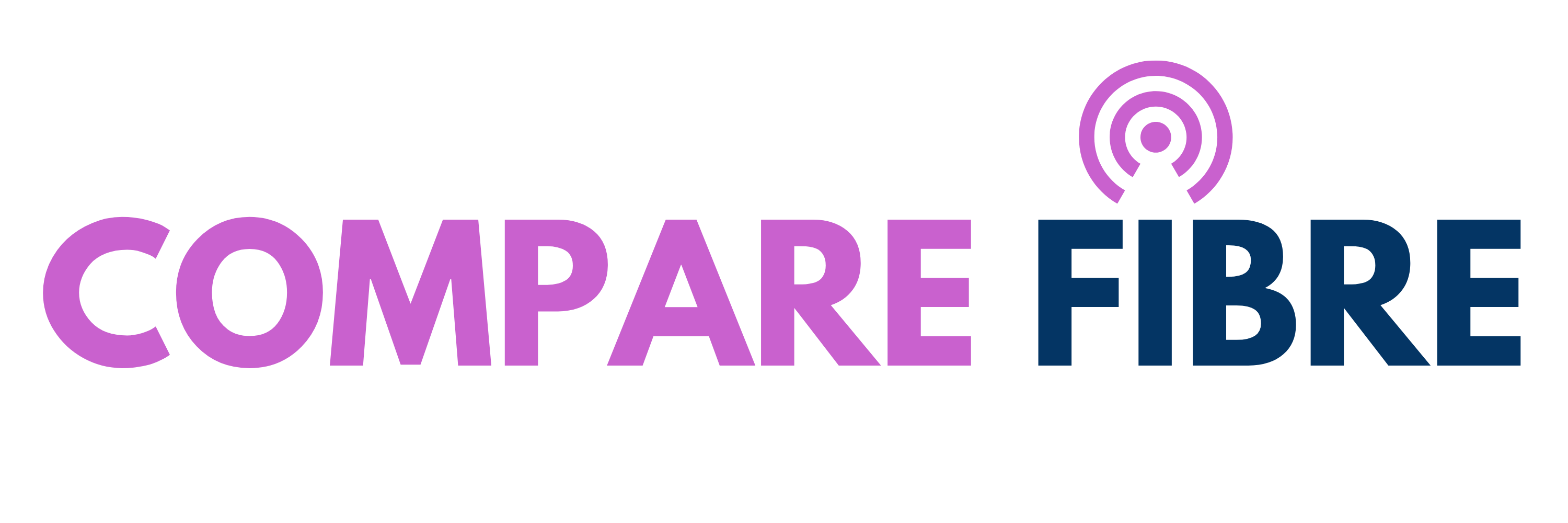Non-Fibre Broadband Deals (ADSL)
Search & Discover The Best ADSL Broadband Deals Available To You
Get Alerted When Faster Speeds Go Live In Your Area

Mbps *Avg. Speed
Month Contract
Downloads
Calls
Install
Per Month

Mbps *Avg. Speed
Month Contract
Downloads
Calls
Install
Per Month

Mbps *Avg. Speed
Month Contract
Downloads
Calls
Install
Per Month

Mbps *Avg. Speed
Month Contract
Downloads
Calls
Install
Per Month

Mbps *Avg. Speed
Month Contract
Downloads
Calls
Install
Per Month

Mbps *Avg. Speed
Month Contract
Downloads
Calls
Install
Per Month

Mbps *Avg. Speed
Month Contract
Downloads
Calls
Install
Per Month

Mbps *Avg. Speed
Month Contract
Downloads
Calls
Install
Per Month

Mbps *Avg. Speed
Month Contract
Downloads
Calls
Install
Per Month

Mbps *Avg. Speed
Month Contract
Downloads
Calls
Install
Per Month
ADSL Broadband Deals
In the UK, broadband comes in three main formats. Full Fibre (FTTP), Fibre to the cabinet (FTTC) or full copper (ADSL). ADSL is the oldest, slowest and most widely available type of broadband of the three. It stands for Asymmetric Digital Subscriber Line- which in other words means that it’s a subscriber service with faster download speeds than upload speeds.
Many home broadband connections are either cable, ADSL, or fibre-optic broadband, with ADSL and fibre available to the majority of UK premises.
- ADSL broadband: this is the slowest broadband network that is still overly available, channelled through the UK’s copper phone line network covering 99% of the nation.
- Superfast fibre broadband: provided by a fibre-to-the-cabinet affiliation and obtainable by over 90% of the UK.
- Cable broadband: conjointly widely available, however, solely around 55% since it’s presently offered by Virgin Media only.
- Full fibre broadband: restricted to locations with the new full-fibre infrastructure, presently at 20%.
Since 2020- the year we all stayed at home, internet usage has skyrocketed. People are not only replying on their broadband connection for scrolling and streaming, but many are also now reliant on it for hybrid/ remote working. These days, a reliable broadband connection is essential. With the Governments Full-fibre broadband rollout paving the way for better access to faster connections, there’s never been a better time to upgrade.
But what about those who don’t consumer much broadband and can get away with an ADSL connection? If you are unsure what broadband is on the market in your vicinity, you ought to use a broadband availability checker to confirm whether you can get fibre in your area.
What is ADSL Broadband?
ADSL, or Asymmetrical Digital Subscriber Line is the oldest variety of modern broadband. ADSL is delivered over a purely copper connection- meaning no fibre is involved at all. As such, connection speeds are limited to a maximum of 24Mbps download and 5Mbps Upload.
People with an ADSL connection can download data- which includes scrolling, surfing, and checking emails, whilst using the phone at the same time. However, with modern internet habits including streaming and remote working cannot be ran on ADSL, making this a service suited to those with basic internet needs and light usage.
With Fibre broadband quickly becoming the standard, being much faster and on occasion, cheaper than ADSL connections, ADSL is quickly becoming redundant. Soon it will be the equivalent of using a dial up connection today. As such, Openreach will be turning off all copper connections as of 2025. This means, whilst you still can get a copper ADSL connection, it’s probably worth going for fibre where possible.
How does ADSL Broadband work?
ADSL works by delivering basic broadband via a copper phoneline. For most of the country, this is run on an Openreach networks, but there are a couple of independent networks that still provide ADSL connections, like KCOM. With ADSL connections, a microfilter is fitted to the phone connection- meaning the broadband and phone share the same line but can be used at the same time. To have an ADSL connection, you will need a phoneline.
What speeds can you get with ADSL Broadband?
ADSL is a purely copper connection and is the slowest type of connection available. Speeds at a maximum are limited to 24Mbps download and 5Mbps upload. However, these are theoretical maximums, meaning that you only receive speeds close to this living close to an exchange. The average speed tends to be closer to 19 in urban areas and speeds as low as 2Mbps for those living in rural areas, miles away from an exchange.
What is the difference between ADSL Broadband and Fibre broadband?
Physically, the main differences between ADSL and Fibre are that ADSL comes from a fully copper connection, whereas Fibre is, either part fibre, part copper or full fibre.
When Fibre broadband was first rolled out, the biggest differences were availability, price and speed. Fibre was expensive, way faster than ADSL and only available in large urban areas- as appose to ADSL being available to 90% of the UK. As technology has developed and the Gigabit rollout has pushed millions of pounds into infrastructure, the cost has significantly come down. Fibre broadband is now around the same price as ADSL proportionately and can occasionally be cheaper.
Availability has also improved, with an estimated 95% of the country now having access to fibre broadband (FTTC).
Finally, speed has remained the nail in the coffin for ADSL. Theoretical maximums are 24Mbps/5Mbps. Fibre broadband can be symmetrical- with the same upload and download speeds and can go right the way up to 10Gbps.
Do I need a phone line in my house for ADSL Broadband?
If your connection will need a phone line depends on the connection type you want. For Fibre broadband, it isn’t essential but for ADSL, in short, yes. ADSL is a basic broadband connection that is carried to the property by a copper phoneline. For most households, this is a standard feature, but more and more in modern properties, due to the waning need for landlines, this is being phased out.
If ADSL is the only type of broadband accessible from your premises, then there is no way around paying for line rental and service charges to obtain access to your broadband. However, if you have FTTP or cable options available, you can eliminate this requirement.
Can my house get ADSL Broadband?
Whether you can access specific types of broadband largely depends on where you live. If you live in an urban area, with lots of demand for broadband, chances will be high. The opposite can be said for rural areas. In 2022, ADSL covers around 99% of postcodes in the UK, meaning you more than likely already have access. All you will need to start using ADSL connections is a copper phone line into the property.
If ADSL is the only type of broadband accessible from your premises, then there is no way around paying for line rental and service charges to obtain access to your broadband. However, if you have FTTP or cable options available, you can eliminate this requirement.
To discover ADSL and Fibre availability in your area, check out our Fibre Maps!
How can I find out which ADSL broadband provider is in my area?
Working out which providers in your area with ADSL is quite easy. Firstly, 99% of the UK has access to ADSL, which makes it extremely likely you have access in your area. It’s only extremely rural areas that would not. Secondly, most of the countries ADSL services are run on Openreach. This narrows down the potential providers to BT, EE, Plusnet and other Openreach resellers. However, the easy way to check is to use Compare Fibre’s postcode checker. This saves you having to work through who it could be and shows you who there is.
For parts of the country like Kingston-Upon-Hull, there are independent networks that can provide ADSL- like KCOM.
Which provider offers ADSL Broadband?
ADSL is mostly only available on Openreach in 2022. This means any provider that is still selling ADSL packages must use the Openreach network. This includes BT, EE, Plusnet and all other Openreach resellers. However, smaller Alternative networks are less likely to have an ADSL package. They are focused on building gigabit-capable full-fibre networks across the UK. With ADSL being switched off in a few years and outpriced by Fibre, it would not be a competitive product for them.
ADSL providers on Compare Fibre include
You can also search for other types of deal such as, fibre broadband with free setup, superfast broadband deals, gigabit broadband deals, best broadband deals, and fibre broadband packages.
What is the cheapest ADSL Broadband deal available?
As Fibre broadband becomes more cost-effective in the UK, it has the opposite effect on ADSL. In 2022, ADSL is around the same price as a fibre broadband package- if not, more expensive. This varies from location to location but a good example of this is Hyperoptic having a cheaper fibre package (£17.00) than the cheapest ADSL package from NOW Broadband (£18.00). The most expensive ADSL packages are all currently from Plusnet- providing poor value for money. Their ADSL pricing is around £27.00 per month whereas some Gigabit deals of 1000Mbps with B4RN and Community Fibre range from £27.00-£30.00 per month.
If you are dead certain you want or need ADSL, NOW Broadband provides the best value for money on this service.
Is ADSL Broadband any good?
When ADSL first came out, it was the bee’s knees. Gone were the days of switching between the phone and the internet. But now, Fibre has taken its place… So, in short, no. ADSL has had its day and isn’t competitive next to Fibre broadband. There is a misconception about ADSL that because it’s slower, it’s cheaper. But that is not the case. Fibre is faster and cheaper. The only major difference is accessibility with 6% of the UK having no kind of Fibre at all, whereas only 1% do not have access to ADSL.
Due to how redundant this technology is becoming, Openreach have decided to retire it. ADSL copper connections will be turned off in 2025, meaning the minimum service will be FTTC of around 30Mbps.
Who is the best ADSL provider in 2022?
ADSL as a service is not a difficult one to support as it requires very little infrastructure. As such, there isn’t very much to compare when providing this service. But in terms of hardware and continuity of service, EE provide a great router with back up 4G connections built in. So even if your service goes down, you don’t.
In 2022, this is a strange question to ask. In just three years’ time, there will be no need to ask as ADSL will be assigned to the history books. So, if you haven’t yet considered Fibre as an option, you should take a look at some fibre broadband deals.
Who is the cheapest ADSL provider in 2022?
Now Broadband is the cheapest broadband provider for ADSL in 2022. Their packages start from £18.00 per month- which in some area’s is more expensive than Fibre packages as they start from £17.00. If you are looking specifically for cheap ADSL, NOW may be the best option. They also have bolt on telephone and entertainment packages.
People often think that because ADSL is slower than Fibre, it’s cheaper but, as mentioned, that is not the case. Average fibre deals are now around the same price as ADSL and the speeds can be as fast as 1000Mbps in that price range, so it may be worth keeping your options open.
Is it worth getting ADSL Broadband in 2022?
As mentioned in this guide, fibre broadband is so much faster than ADSL can be brought for around the same price. Due to how redundant and uncompetitive it’s getting it’s going to be switched off in 2025. So, in short ADSL is not worth getting- whether you prioritise speed or cost when choosing a provider.
The only time that ADSL would be useful in 2022 is because you are live in the 6% of the UK that does not have access to Fibre broadband at all. In 2022, ADSL only plays a relevant role if it’s your only option and essential.
